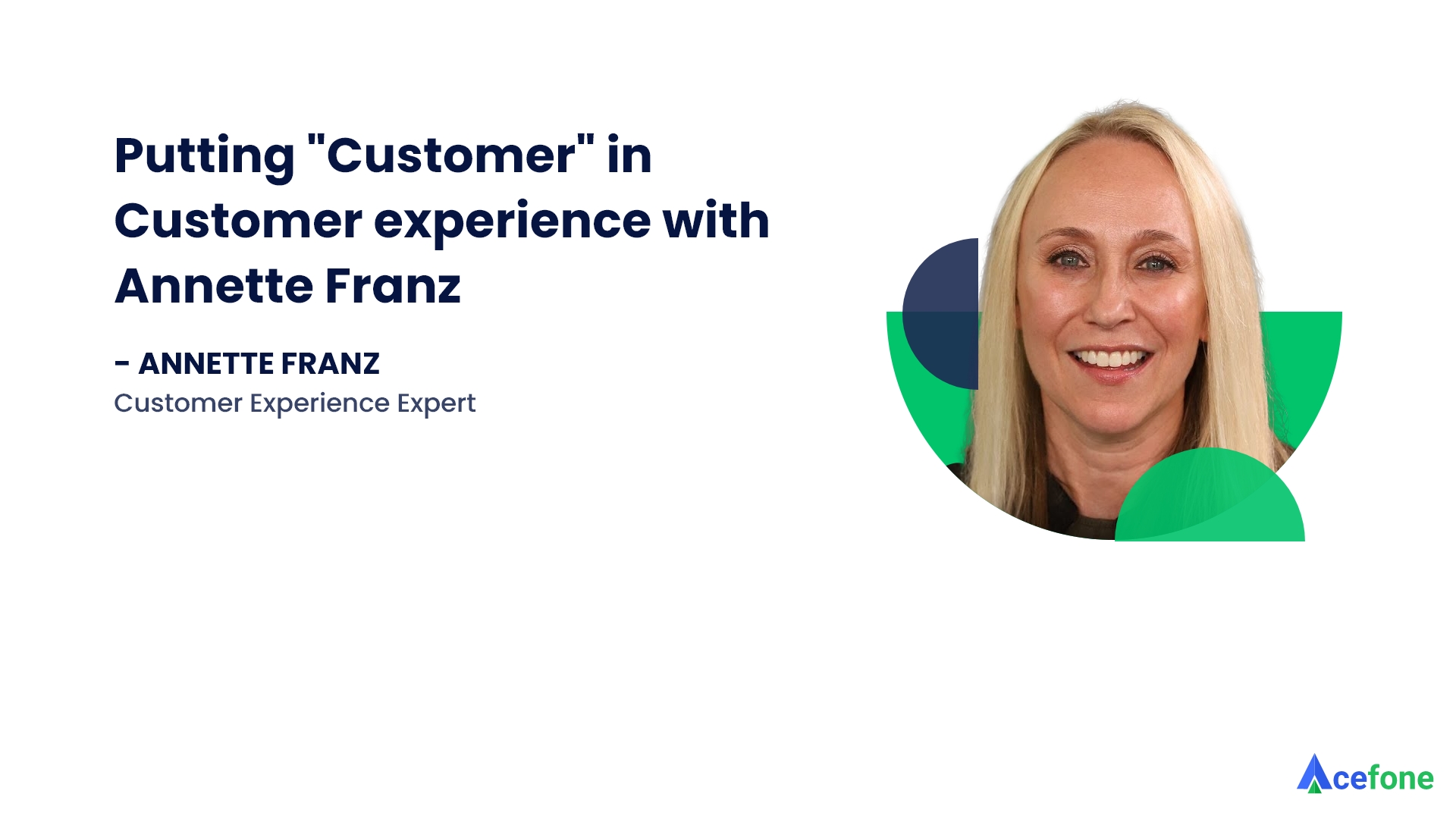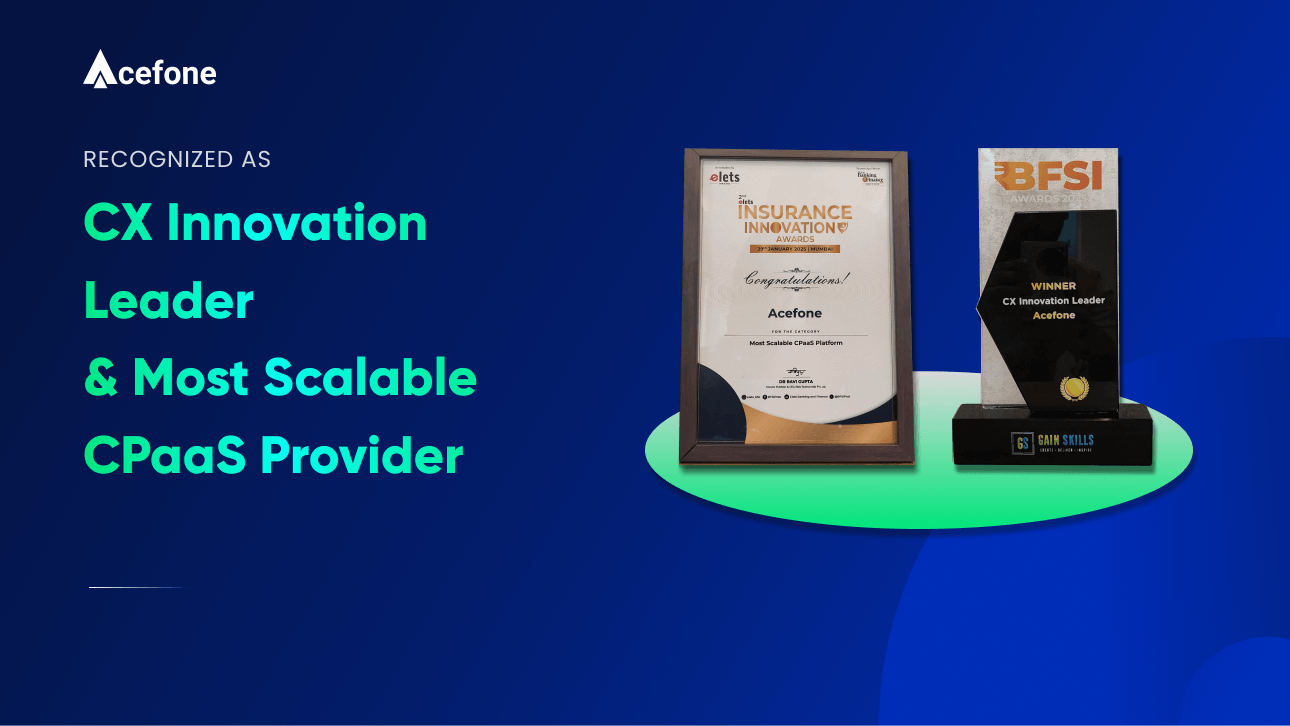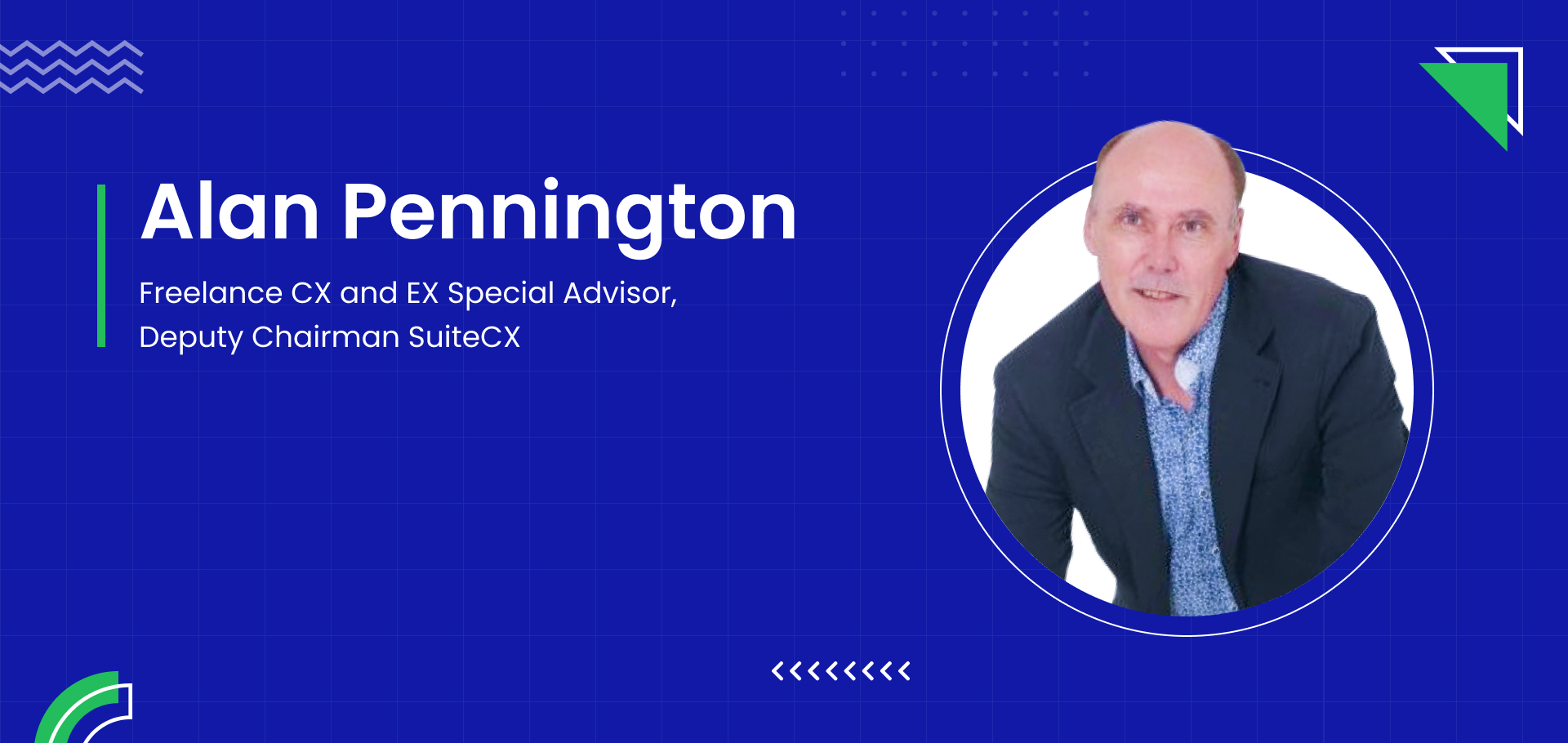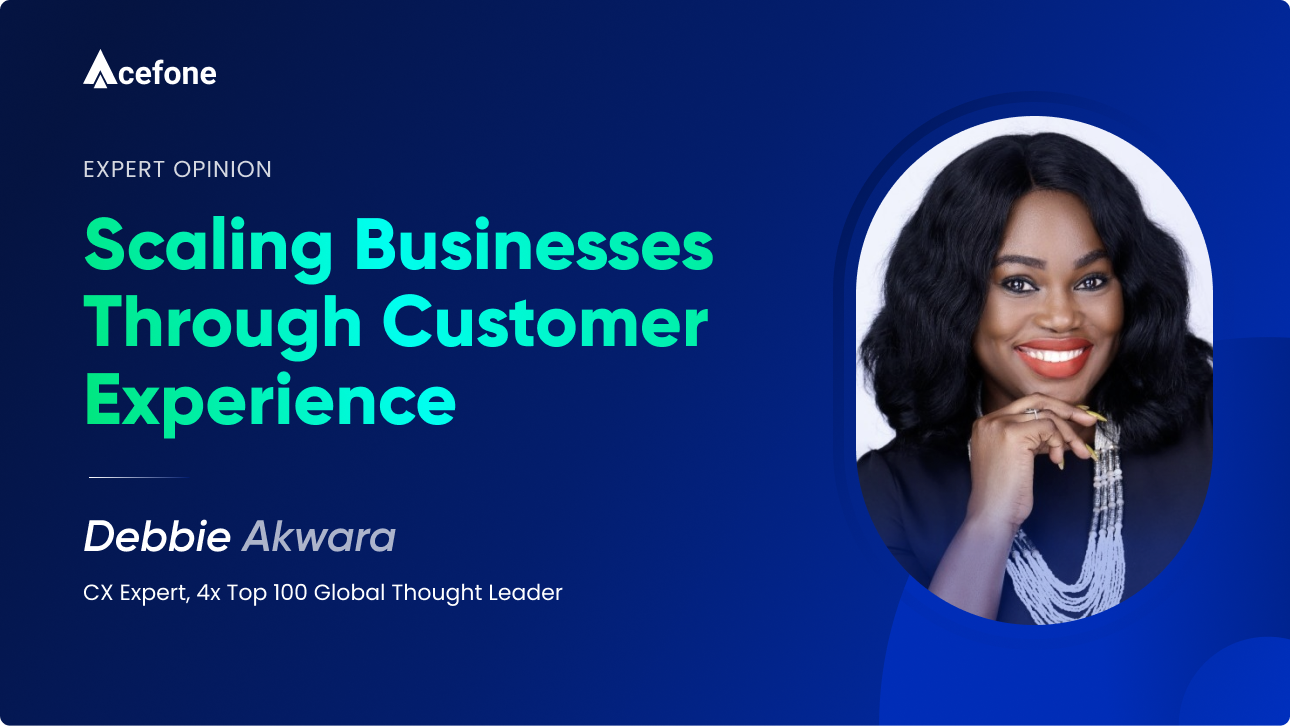Modern-day businesses are competing to serve the best customer experiences (CX) possible, and rightly so. After all, the way your customers think and feel about your brand impacts their purchasing decisions. And happy customers are likely to become returning shoppers and build a strong image for your brand.
Needless to say, providing great customer service and a wholesome experience is essential because it affects your businesses’ bottom line.
The two most important touchpoints of providing exceptional customer service are: people and product.
- How is your product able to solve customers’ problems?
- How is your product different from others?
- Why should people invest in your product?
- How well are you able to connect with your customers?
Your business needs to answer these fundamental questions and create a strategy that keeps customers on priority.
To impart more information on the same, we are back with our Expert Opinion Series––this time with internationally recognised CX coach, keynote speaker, and Chief Experience Officer of CX Journey Inc., Annette Franz.
Annette helps companies understand their employees and customers. She also helps businesses identify areas which make for excellent customer service, drive retention, and boost engagement.
Let’s dive in straight to learn about Annette’s experiences and her valuable insights about the CX journey.
Q1. To start off, how did you decide to enter the field of customer experience?
I don’t have an exciting story about how my career took the path that it did. I basically fell into this profession when I started to work at J.D. Power and Associates almost 30 years ago. My love towards math and writing made for the perfect combination––classic market researcher. What we were doing made total sense to me. I enjoyed working with companies to improve their businesses and ultimately, the customer experience, in order to grow and survive.
After J.D. Power and Associates, I spent the next 20 years in various roles on both the client and vendor side, including marketing, head of consulting or professional services for four different VOC technology companies, and head of customer experience.
In 2017, I founded CX Journey Inc., which is a customer experience strategy consulting firm. I focus on coaching and consulting engagements wherein I work with clients on CX strategy especially, starting with leadership, culture, and customer and employee understanding.
I am also a keynote speaker and an author, writing content not only for clients but also for my own blogs. Plus, I wrote my first book, Customer Understanding: Three Ways to Put the “Customer” in Customer Experience (and at the Heart of Your Business), just last fall.
I am currently the Board Chair for the Customer Experience Professionals Association (CXPA). I’ve been a member of the association since 2012, and I’ve been on the Board since 2015. Last year, I was Vice Chair. And from 2015-2018, I was Board Treasurer.
Q2. What’s your idea of a good customer experience?
My idea of good customer experience is whatever the customer defines it to be or tells us it is. You’ll only learn or know that by asking them or listening to them––by taking the time to understand them, their needs and expectations, their problems, and their jobs.
From years of listening, some of the things we’ve learned, especially recently, are that customers want experiences that are: personal; relevant; consistent; seamless; easy; simple; convenient; emotional; memorable; efficient; and most importantly, human.
Don’t take my word for it. Talk to your customers!
Q3. Could you elaborate on some challenges faced by CX professionals and how to tackle them?
I think two of the biggest challenges include getting executive commitment and showing ROI. They are so closely related that it’s probably more straightforward to say that the issue really is all about getting executive commitment. If your CEO is not on-board, and if the rest of the executive staff is not aligned and committed, you won’t get very far.
Ultimately, CX professionals must understand the current state by listening to customers and employees. They must also craft a vision for change; and build the business case by linking improvement initiatives to employee, customer, and business outcomes. A business case creates a sense of urgency for the executives to connect and align with.
Clearly, I’ve simplified it for brevity, but there’s a lot of work to be done. However, remember this: it’s all about the customer! That’s another clear message that must be conveyed to, and understood by, your executives.
Q4. How important is it to work collaboratively with and across teams for delivering a top-notch customer experience?
Designing and delivering a cohesive end-to-end customer experience is important. Whether you’re just getting started with your customer experience transformation work or are well on your way, it’s critical to understand that this work cannot be successful without all hands on deck.
The entire organisation, not just your executives, must not only be committed to but also involved in the work that lies ahead. Organisational silos cause pain for employees. They reduce efficiencies, waste resources, kill productivity and innovation, and reduce morale. This means they cause pain for your customers, too, and wreak havoc on your CX strategy.
Q5. It is said that customers remember poor experiences more strongly and for longer than good experiences. What are your thoughts on this?
I tend to agree, although I think that if you’ve had a really special positive experience, that will stay with you for a long time, as well. Ensure that you understand your customers and design an experience that adds values to their lives! And do so consistently.
Q6. What advice would you give to businesses for improving their customer experience, irrespective of their industry?
I think the most important thing to know is that a customer experience transformation is complex—it’s a lot of work! But there are foundational elements that must be in place, regardless of industry, to ensure that it’s a success: mission; vision; purpose; core values; brand promise; executive commitment and alignment; organisational adoption and alignment; customer understanding; employee experience; and governance.
Of all of those elements, critical to success are: a leadership team this is committed to and aligned with the work that lies ahead, a culture that supports and facilitates customer-centricity, and the work that underpins customer understanding in order to deliver a great experience.
Q7. You have written an amazing book, Customer Understanding: Three Ways to Put the “Customer” in Customer Experience. What are the key insights you’d like readers to take from it?
Thank you. Yes, I’m so excited about the book. September 3 was the one-year anniversary of the book launch, and it’s been an awesome year filled with great feedback and affirmation that the book is relevant and actionable! The book is really about how you’ll develop a customer-centric business by ensuring that you bring the customer voice into all that you do. It basically has three parts to it.
The first chunk of it builds the business case for being a customer-centric organisation. The second part outlines the three ways to achieve customer understanding. And in the last part of the book, I teach readers how to conduct their own journey mapping and service blueprinting workshops.
There are a couple of key insights that I’d like readers to take away from this book:
- You can’t transform something you don’t understand.
- Customer understanding is the cornerstone of customer-centricity.
- You have to take time to understand your customers; do the research, talk to them, co-create with them—to design and to deliver the experience that meets their needs and expectations and helps them to solve some problem and achieve their desired outcomes.
Q8. Are you working on any new book? If yes, we’d love to know more about it.
Thank you for asking. Yes, there’s another book in the works. I won’t share a lot of details at the moment but know that this next one is about employee experience.
Acefone’s inbound call center solutions allow you to design a completely tailor-made solution both for your clients as well as your agents. Using our fully customizable manager’s portal, you can design and implement a CX strategy specific to YOUR customers. Explore the benefits of cloud communication and learn about the essential cloud-hosted solutions to empower your business. Our expert team will help you throughout the process, from the onboarding process to providing 24×7 support once your system is up and running.
Let Acefone take your business to the cloud and bring the best of communication. Call 1888-859-0450 or email [email protected] now to get started!
About the Expert
Annette Franz is a Certified Customer Experience Professional with 30 years of experience helping companies—both as clients and as vendors— understand their employees and customers. She helps them strategize by identifying what drives retention, satisfaction, engagement, and the overall experience.
Franz is an international keynote speaker on CX as well as a writer. She publishes her own blog and has also been published in Forbes, Business2Community, CustomerThink, CMSWire, TechTarget, Quality Digest, APICS Magazine, and more. Finally, she serves as an Advisory Board Member for CX@UCI and mentors other professionals in customer experience to help them advance their careers.
You can connect with her here














